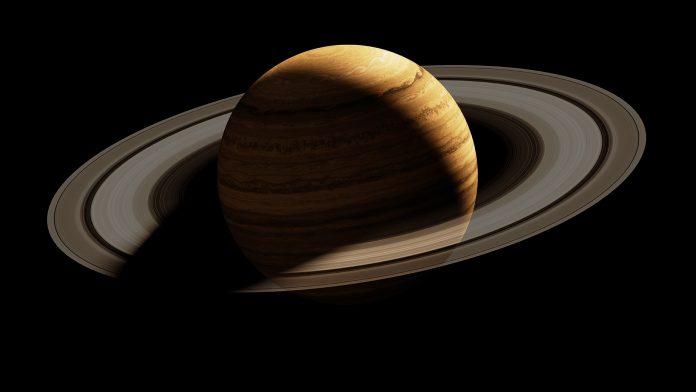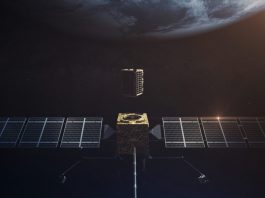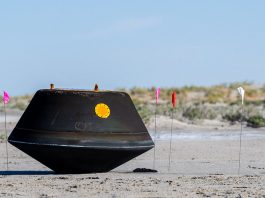A new series of supercomputer simulations has provided an insight into the origins of Saturn’s rings.
Research from NASA and Durham and Glasgow Universities has shown that Saturn’s rings could have originated from the debris of two progenitor icy moons that collided and shattered a few hundred million years ago.
It is expected that the moons would have been similar in size to Dione and Rhea, two of Saturn’s current moons.
The formation of these moons, and other current moons, could have also been partly due to debris that didn’t end up on the rings after the collision.
The study, ‘A Recent Impact Origin of Saturn’s Rings and Mid-sized Moons,’ is published in The Astrophysical Journal.
Building on data from the Cassini spacecraft
Most contemporary high-quality measurements of Saturn have come from the Cassini spacecraft. The spacecraft have spent 13 years studying Saturn and its systems after entering the planet’s orbit in 2004.
The team examined data from the Cassini spacecraft and found that Saturn’s rings were much younger than previously thought.
To find out more, NASA and the team turned to the COSMA supercomputer hosted at Durham as part of the UK’s DiRAC facility.
Modelling the potential origins of the rings of Saturn
The team simulated different collisions between precursor moons in Saturn’s system.
The models were conducted using the SWIFT open source software at a resolution more than 100 times higher than previous studies. This gave scientists their best insights into the origin of Saturn’s rings.
The team simulated around 200 different versions of the impact. From this, they found that a wide range of collision scenarios could scatter the right amount of ice into Saturn’s Roche limit.
It is thought that the debris settled into the icy rings of Saturn.
Alternative origin theories have not been able to explain their composition
As other elements of Saturn’s system have a mixed ice-and-rock composition, previous theories could not explain why there would be nearly no rock in Saturn’s rings.
Further research will build on this work to shed light on the origins of Saturn’s rings.









